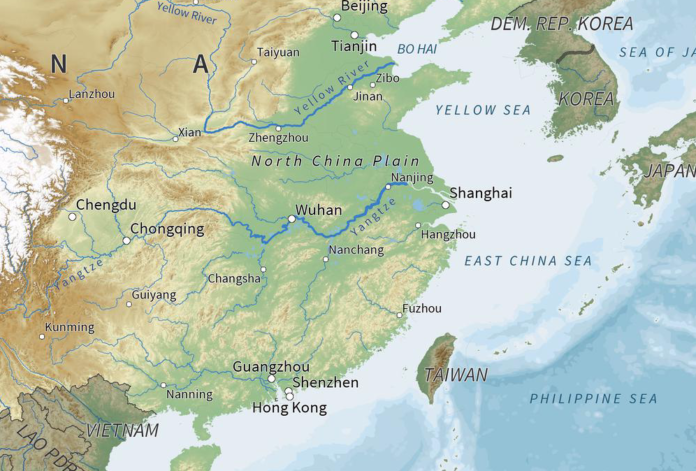Shanghai Electric, a manufacturer and supplier of power generation and industrial equipment, has commissioned China’s first 8 MW offshore wind turbine, which is now entering operation.
The launch of the turbine, which features “black start” technology, demonstrates that the company can now undertake bulk orders in the market for 8 MW offshore wind turbines. The company also unveiled its plan to further explore solutions that utilize renewable energy-based integrated energy systems – combining wind, solar power and energy storage systems – coupled with a 5G+ industrial internet of things.
The 8 MW-167 offshore turbine will have the highest operational capacity in China. Compared to the 7 MW-154 wind turbine, the D8 turbine produces 20% more electricity and reduces the levelized cost of electricity (LCOE) by around 11%. The 8 MW turbine is the result of an agreement signed in March with Siemens Gamesa Renewable Energy (SGRE), which gives the company a license to produce and sell SGRE’s 8.0-167DD offshore products in the Chinese market. The 8 MW offshore wind turbine features 81.4-meter blades, producing a rotor diameter of 167 meters and a swept area of 21,900 square meters. It was tested onshore at the Shantou Haojiang offshore industrial park.
Shanghai Electric is now in position to capitalize on the growing Chinese offshore turbine market, where up to 26 GW may be grid-connected by the end of 2025. The company envisions creating an integrated clean energy solution that stretches the limit of releasing the potential of solar and wind power.
The solution has been modified to address conditions across the Asia-Pacific region – such as typhoons and tropical storms – which could seriously damage the grid infrastructure and lead to blackouts. The restoration of the microgrid from a “black start” condition is therefore important to microgrid operators. With “black start,” the smart energy project provides a strong guarantee for the stable operation of the industrial park.
The Shanghai Electric Project team used lithium batteries as a supporting power source, so the power conversion system can regulate the voltage and frequency to the reference value. When the 8 MW turbine goes into an idle state which synchronizes and connects to the microgrid bus voltage, and the wind reaches the cut-in speed, the wind turbine officially starts power generation, then the team can increase the load while retaining the system frequency until the microgrid is operating at full load mode. Thanks to the grid-friendliness of the 8 MW turbine and the powerful MGCC, the whole process is connected to the grid with zero-impact.




